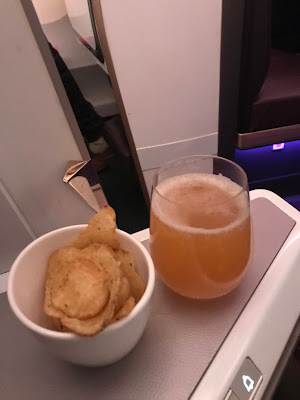It's been a while since I posted much here (a pandemic kind of got in the way), so here's a few things that I've been up to over the last year and that might be of interest, especially if you are thinking of making a trip to Nepal, Bhutan, Pakistan, Tajikistan, Uzbekistan or the UK.
Out now is my new Lonely Planet Guide to Nepal. It's one of the 'new look' Lonely Planet guides, which you will either love or hate. If you like magazine-style spreads, lots of photos, travel experiences, and bite-sized bits of information, you'll like it. If you like detailed maps, practical information, hotel prices and tips on how to get around on public transport, you'll hate what has happened to Lonely Planet.
For trekkers you'll find expanded info on trekking in the new Nepal guide, including the addition of the Around Manaslu trek, but that comes at the cost of the LP Trekking in Nepal Himalaya guide, which hasn't been updated for many years now. I spent several happy weeks trekking in the Langtang, Everest and Manaslu regions for the new Nepal guide, as well as the remoter corners of the Kathmandu Valley. All said, it's a handsome guidebook, but have a look at it before you buy it, to check that it fits your travel needs.
Also out soon is the new Lonely Planet Guide to Bhutan, for which I spent five weeks this spring research Thimphu and the West, including a trek to Jhomolhari Base Camp. Bhutan is one country that actually fits Lonely Planet's new-look format, given that everyone headed there has to be on a guided tour. Bhutan is easily my favourite destination of all time and it's a place I would wholeheartedly recommend, if you can afford it! My thanks to Bhutan Mountain Holiday and Druk Asia, both of whom were excellent in arranging the logistics of my trip.
My third guidebook project was a long-distance hiking guide, the Trailblazer Guide to the Pennine Way. This was a quite different project for me; a three week backpacking walk along the spine of northern England updating this very, very detailed and practical guide that covers almost every gate, bench and cafe along the trail. It was a physical challenge to simultaneously walk the 268 mile (431km) trail and research the sleeping and eating options in the towns along the walk. The book is out now and I'm currently finishing Trailblazer's Cleveland Way guidebook, which I walked this September.
Apart from those, there have been some digital planning articles for
Lonely Planet, including Things You Need to Know Before Visiting Pakistan, The Best Road Trips in Pakistan and The Top Things to Know Before Visiting Uzbekistan.
I also wrote some content on Trekking in Bhutan and Trekking in Tajikistan for the excellent Horizon Guides.If you are interested in trekking in either of these fantastic destinations, or just trekking in general I'd recommend checking them out. They give an introduction to what's trekking like in these destinations, offer a rundown of the main treks and then give a FAQ on the things you need to know to plan a trek there. Horizon Guides do all kinds of interesting travel and trekking content, all for free, so check out their site.
Finally, I wrote entries on trips to Mt Kailash in Tibet, Langtang in Nepal and Lhasa in Tibet for Lonely Planet's Your Trip Starts Here reference book. Dare I suggest, it's a good Christmas present for the adventurous traveller in your life!
That's enough self-promotion for me. Thanks for reading.
Next up for me is a research trip to Sri Lanka. Bring on the sun!










































